“Space, the final frontier” was the opening phrase of the original Star Trek series running from 1966-1969. That opening includes their mission “ … to explore strange new worlds. seek out new life and new civilizations …”. That appears to continue to be the final frontier in the real world of today as well.
On July 30, 2020 NASA launched the latest Mars mission at a cost of $2.7 billion (USD). On February 18, 2021 the rover part of the mission began on the planet’s surface. The mission will continue at least a year. It will include drilling rock cores and storing them until a 2026 mission can come, pick up the samples and bring them back to earth for analysis.
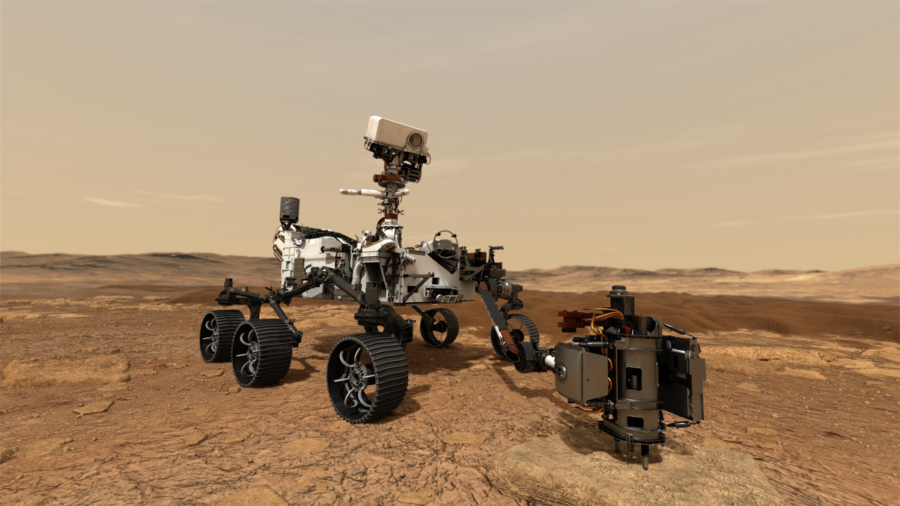
The purpose of the mission? From NASA’s mission website (https://mars.nasa.gov/mars2020/mission/overview/), the first sentence says “The Mars 2020 Perseverance Rover will search for signs of ancient microbial life, which will advance NASA’s quest to explore the past habitability of Mars.” They are seeking out life and possibly past ‘habitability’, which could mean past civilizations. The 60’s are back!
We do not need to go back to the 60’s. On September 28, 2016 NASA “Confirmed evidence that liquid water flows on todays Mars” (https://www.nasa.gov/press-release/nasa-confirms-evidence-that-liquid-water-flows-on-today-s-mars). It was big news. Water on Mars seems to indicate life on Mars. What was not big news was the retraction, announcement on November 20, 2017, 2 years later. NASA then acknowledged the ‘water’ was actually sand sliding downhill (https://www.nasa.gov/feature/jpl/recurring-martian-streaks-flowing-sand-not-water). No water. No life. But, keep trying.
Scientific study of space exploration and studying the universe is good and can help us understand the universe. It is sad that scientists do not also use the same science skills to realize that life did not just happen somewhere ‘out there’. Physics and astronomy shows us clearly it is not possible for a universe to form randomly. Further to that chemistry and biology show us life cannot form randomly.
Fortunately the Mars rover mission has some other, more practical purposes so the $2.7 billion is not a total waste.
At the Museum of Natural Science and History we are working on a virtual exhibit looking at the physics aspect of the problem of the universe forming. There are almost 300 different ‘constants of physics’ that work together in a precise ways to allow the universe to work. The exhibit will enable visitors to tinker, to change these constants and see if the universe could form. The screen shots below show a prototype of part of the exhibit. Our hope is that visitors will realize the folly of looking for life ‘out there’ as if that would solve the problem of where it originally came from. For even if there was life ‘out there’ it had to come from somewhere else ‘out there’. An endless series of problems until one realizes the beginning is the creator, God. He alone has no origin, no beginning, so could create everything that does have a beginning, like our universe.
Virtual Visitors will arrive at the Physics Pavilion via a hyperloop type train. (https://en.wikipedia.org/wiki/Hyperloop)
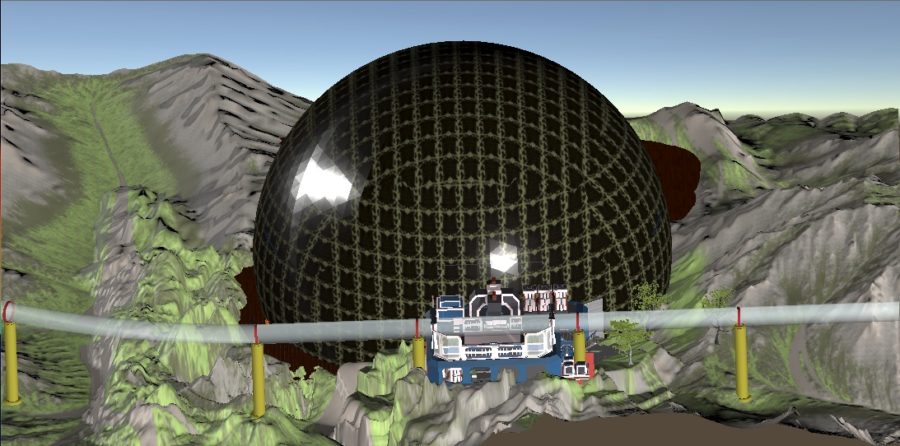
They will see the many constants that make our universe operate. The visitor can change the values of these constants to see what will happen. Random changes one might say.
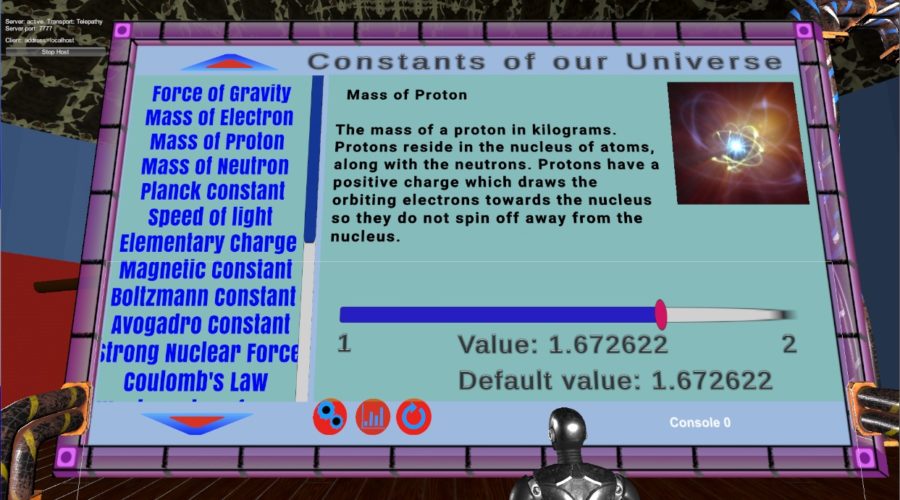
A graph will show the user all the constants, their existing values in the real world, the value the user has set, and a ‘goldilocks’ range of possible values that might make the universe work.
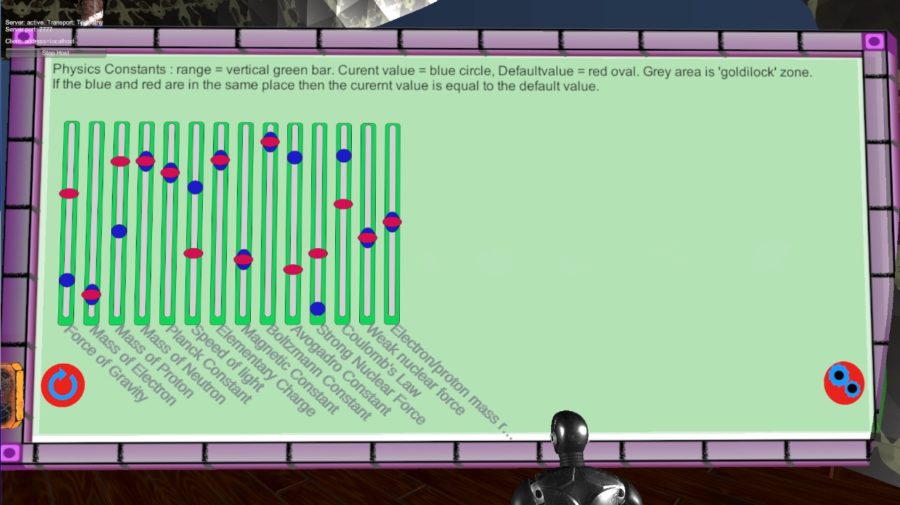
Once the user has set the value they can engage the universe creation engine. All the values are put in and calculations done to see what are the changes the universe will come into existence.
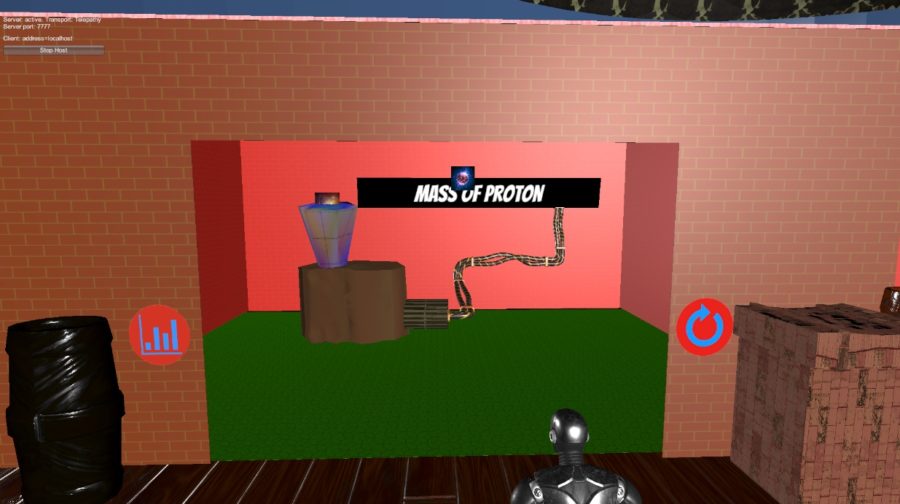
If you would like to support the development of the virtual museum exhibits on physics, chemistry, geology, biology, astronomy contact us by clicking here.
